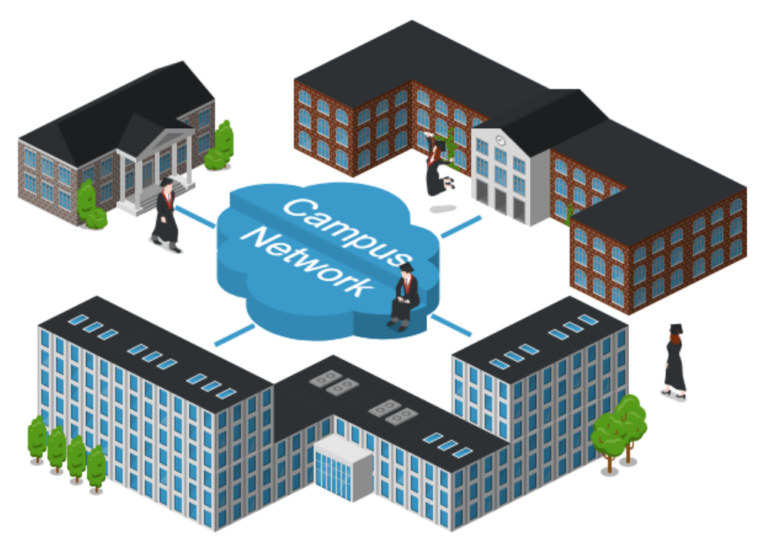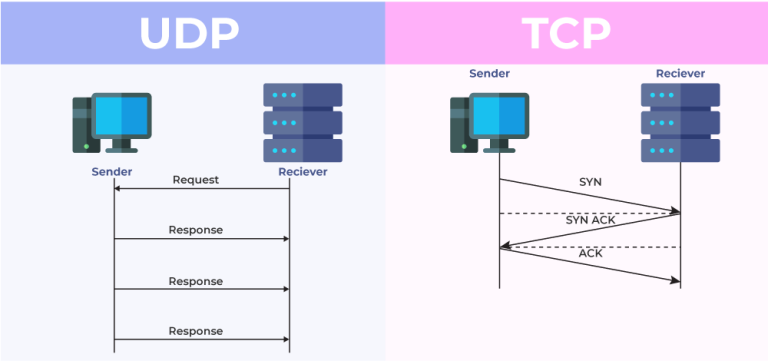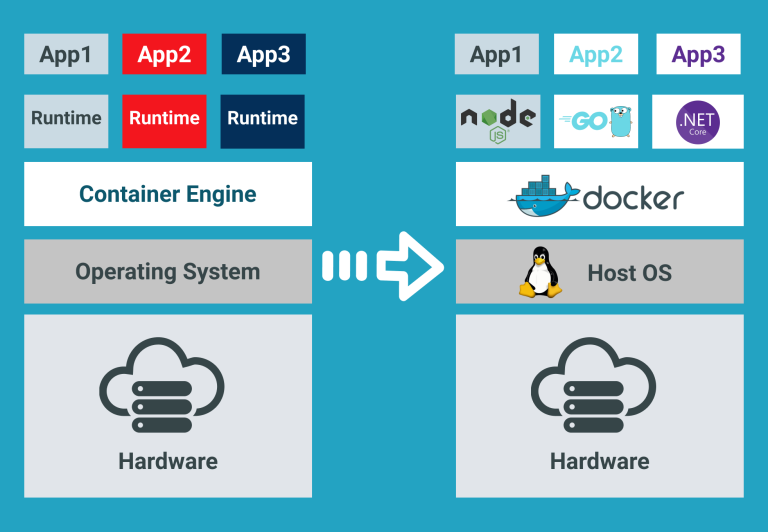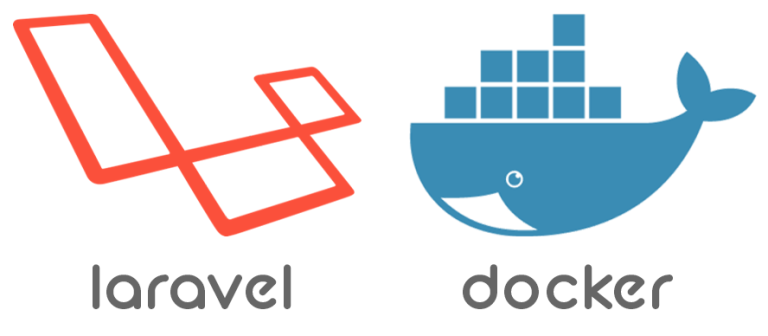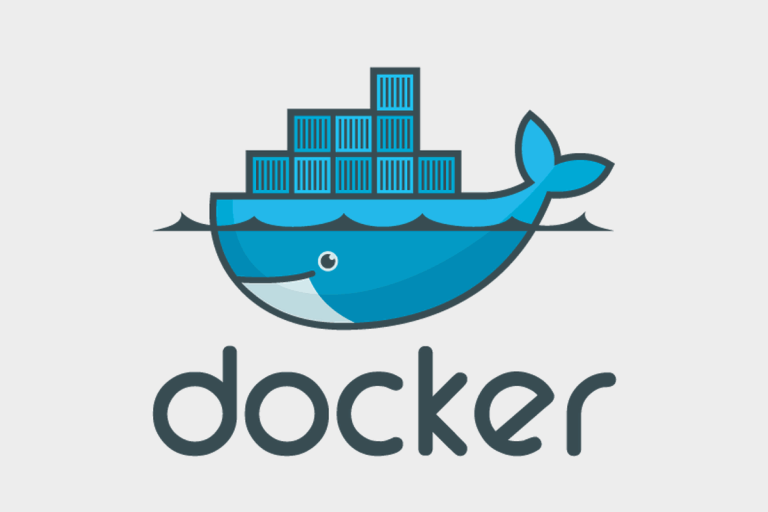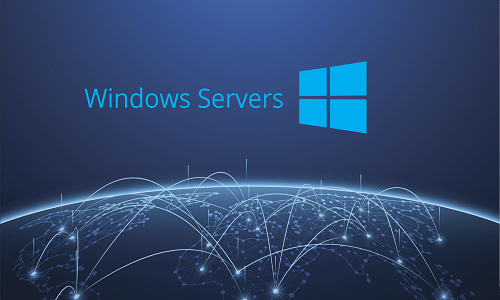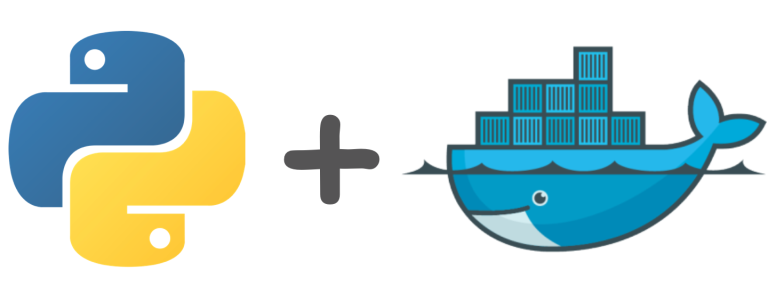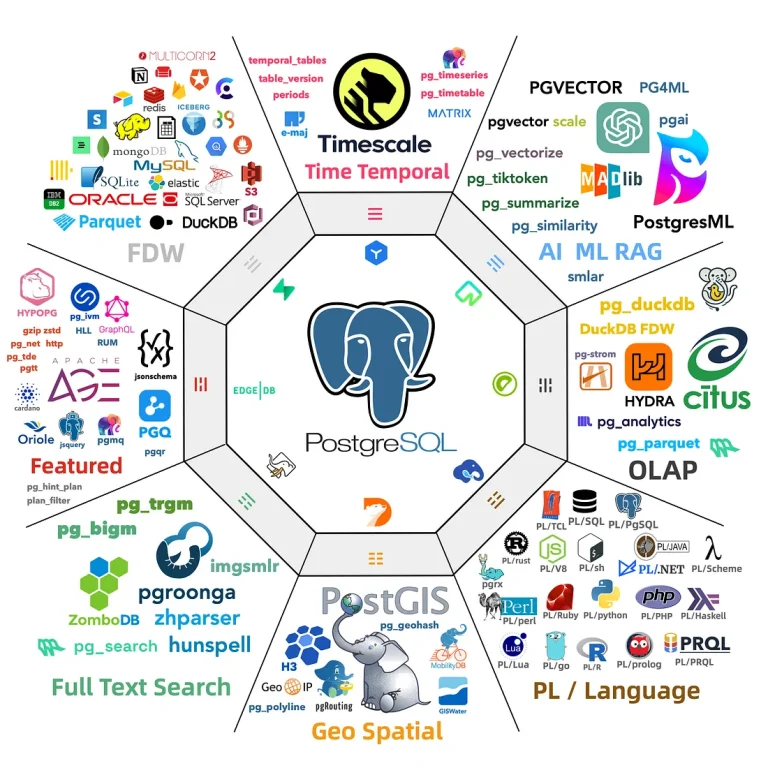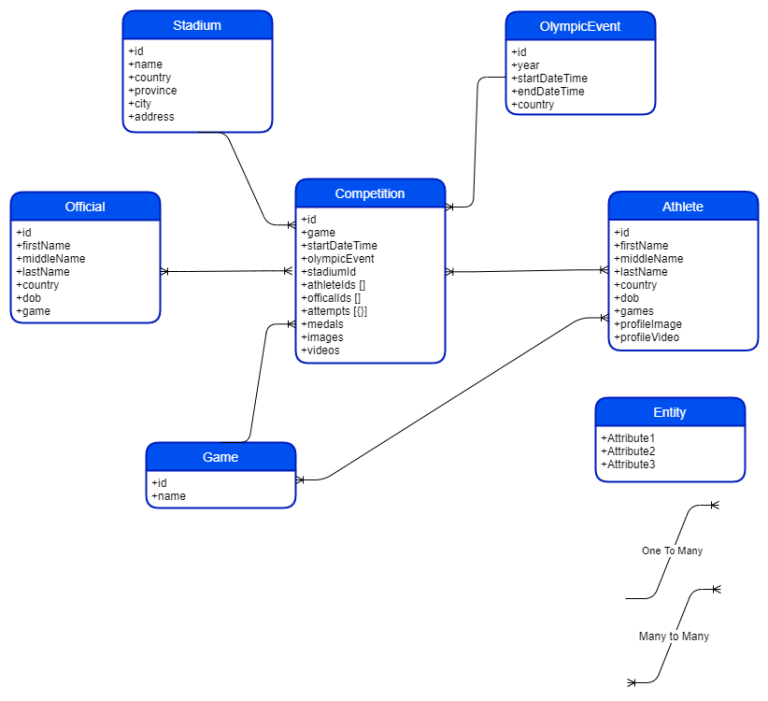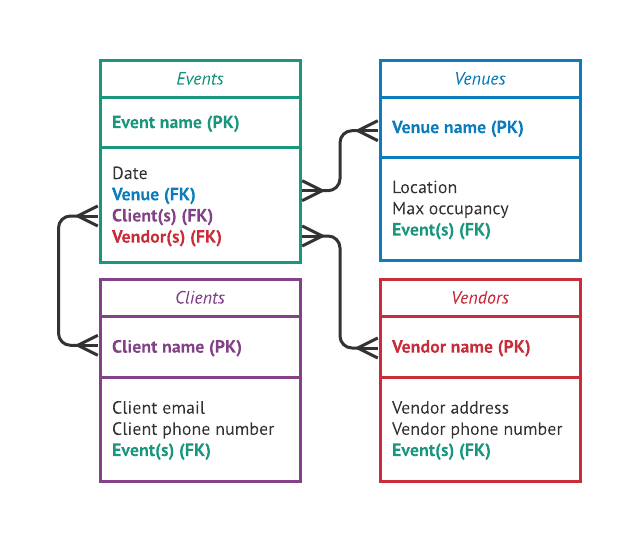A Campus Area Network (CAN) is a type of computer network that interconnects devices within a limited geographical area such as a university campus, corporate campus, military base, or a similar setting. CANs are designed to provide high-speed connectivity and efficient communication among various devices like computers, servers, printers, and other networked resources within the defined area.
Key characteristics of a Campus Area Network include:
- Limited Geographic Area: CANs cover a relatively small geographical area compared to Wide Area Networks (WANs), typically spanning a single campus or a few adjacent buildings.
- High-Speed Connectivity: CANs often utilize high-speed Ethernet or fiber optic cables to provide fast data transfer rates within the campus environment.
- Centralized Management: Typically, CANs are managed centrally by network administrators who oversee network operations, security, and maintenance.
- Scalability: CANs are designed to be scalable, allowing for easy expansion as the size of the campus or the number of connected devices grows.
- Security: Security is a crucial aspect of CANs, and measures such as firewalls, intrusion detection systems, and encryption are often implemented to protect data and resources from unauthorized access.
Overall, CANs play a vital role in facilitating efficient communication and collaboration among users and resources within a campus environment.
What is different between CAN and WAN?
The main differences between Campus Area Networks (CANs) and Wide Area Networks (WANs) lie in their scope, size, and purpose:

1- Scope and Size:
- CAN: Covers a limited geographical area such as a university campus, corporate campus, or military base. It typically spans a single campus or a few adjacent buildings.
- WAN: Covers a large geographical area, often spanning multiple cities, regions, or even countries. WANs connect LANs (Local Area Networks) and CANs over long distances.
2- Distance:
- CAN: Typically covers shorter distances, allowing for higher-speed communication within a confined area.
- WAN: Spans longer distances, often using leased lines, satellites, or other long-distance communication technologies to connect geographically dispersed locations.
3- Ownership and Control:
- CAN: Generally owned and controlled by a single organization, such as a university or corporation, which manages the network infrastructure and services within the campus area.
- WAN: Can be owned and operated by multiple organizations, telecommunications companies, or internet service providers. The control and management of a WAN may be distributed across various entities involved.
4- Speed and Bandwidth:
- CAN: Typically offers higher speeds and greater bandwidth compared to WANs due to the shorter distances involved and the use of high-speed local infrastructure such as Ethernet or fiber optic cables.
- WAN: Speeds and bandwidth may vary depending on the technologies and infrastructure used for long-distance communication. WANs often have lower speeds and bandwidth compared to CANs due to the challenges of transmitting data over longer distances.
5- Applications and Use Cases:
- CAN: Primarily used for internal communication and resource sharing within a specific campus or organizational environment. Applications include accessing shared servers, printing documents, collaborative work, and accessing campus-wide services.
- WAN: Used for connecting geographically dispersed locations, facilitating communication between different branches of an organization, accessing cloud services, and enabling internet connectivity for remote users.
Overall, while CANs and WANs both serve to connect devices and facilitate communication, they differ in terms of scope, size, distance, ownership, speed, and applications.

